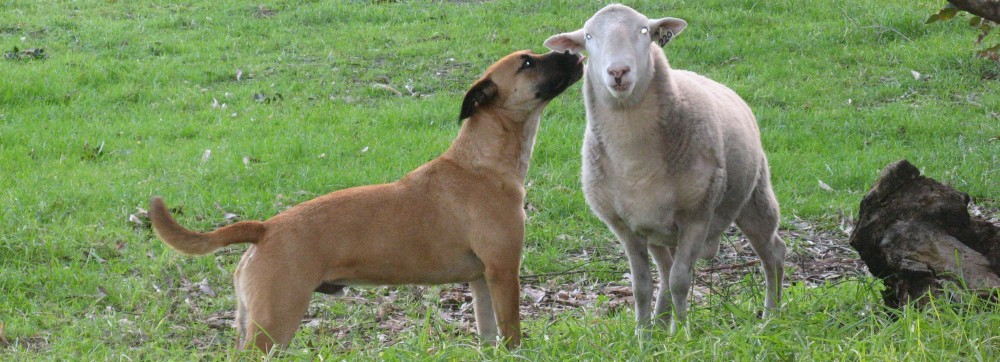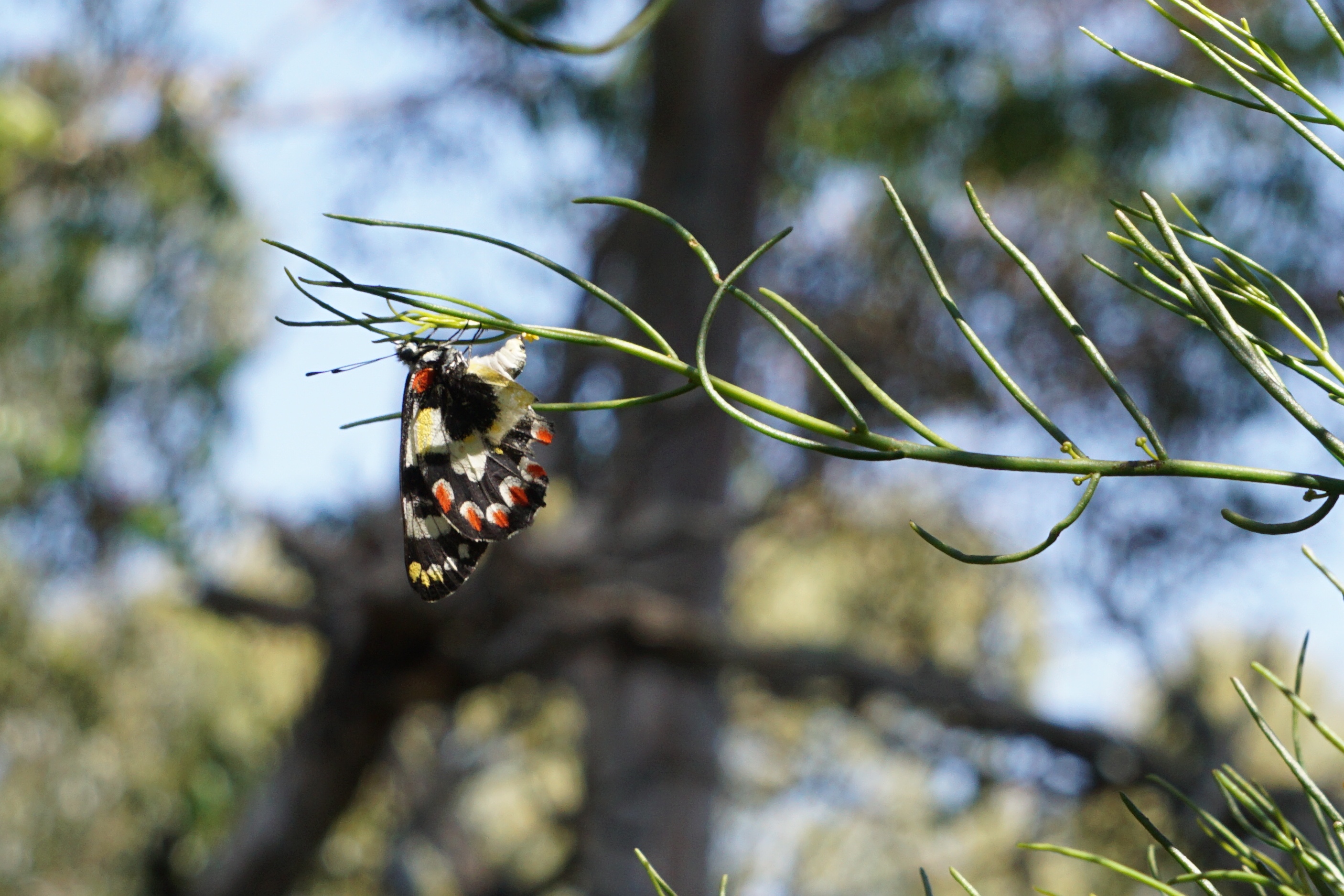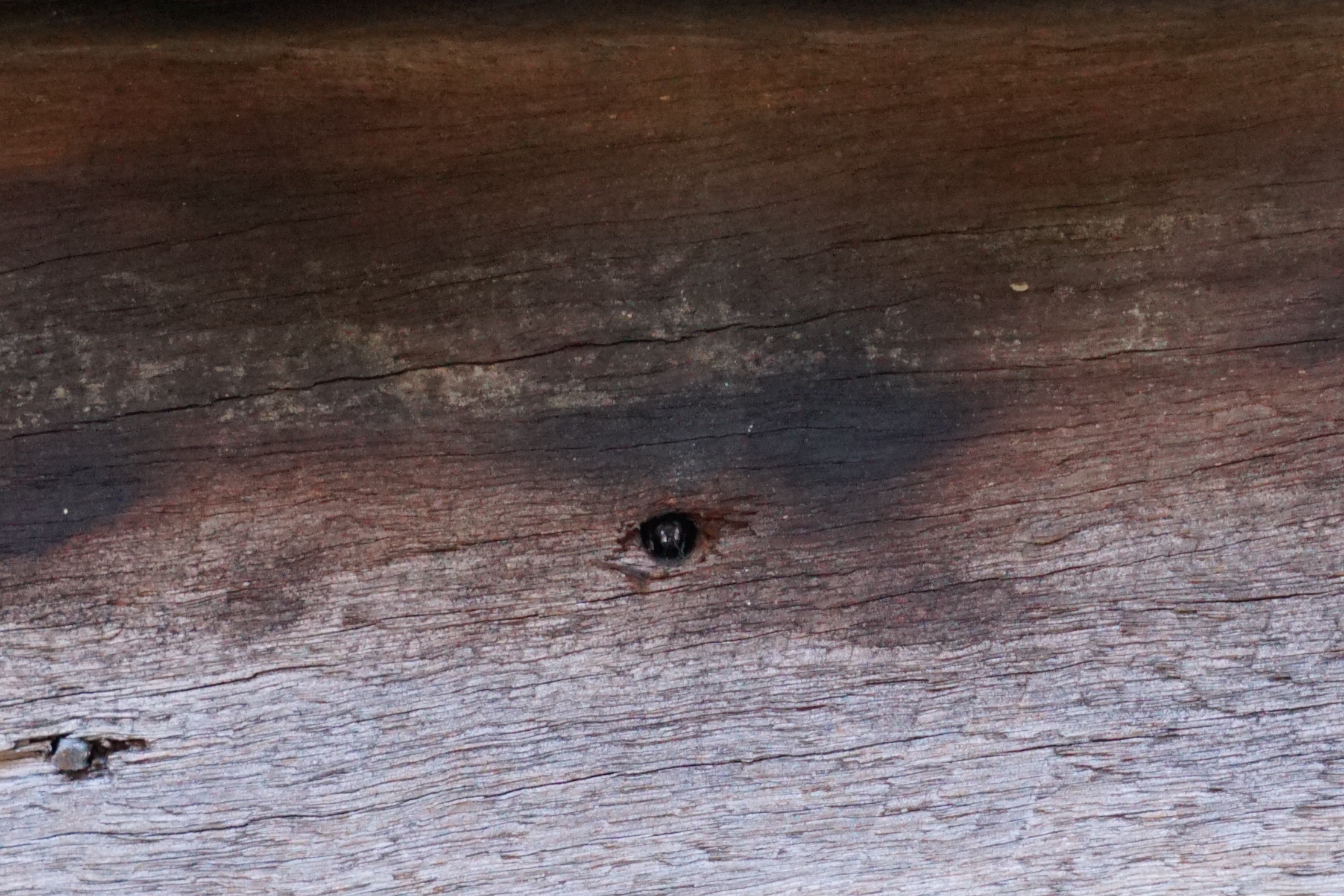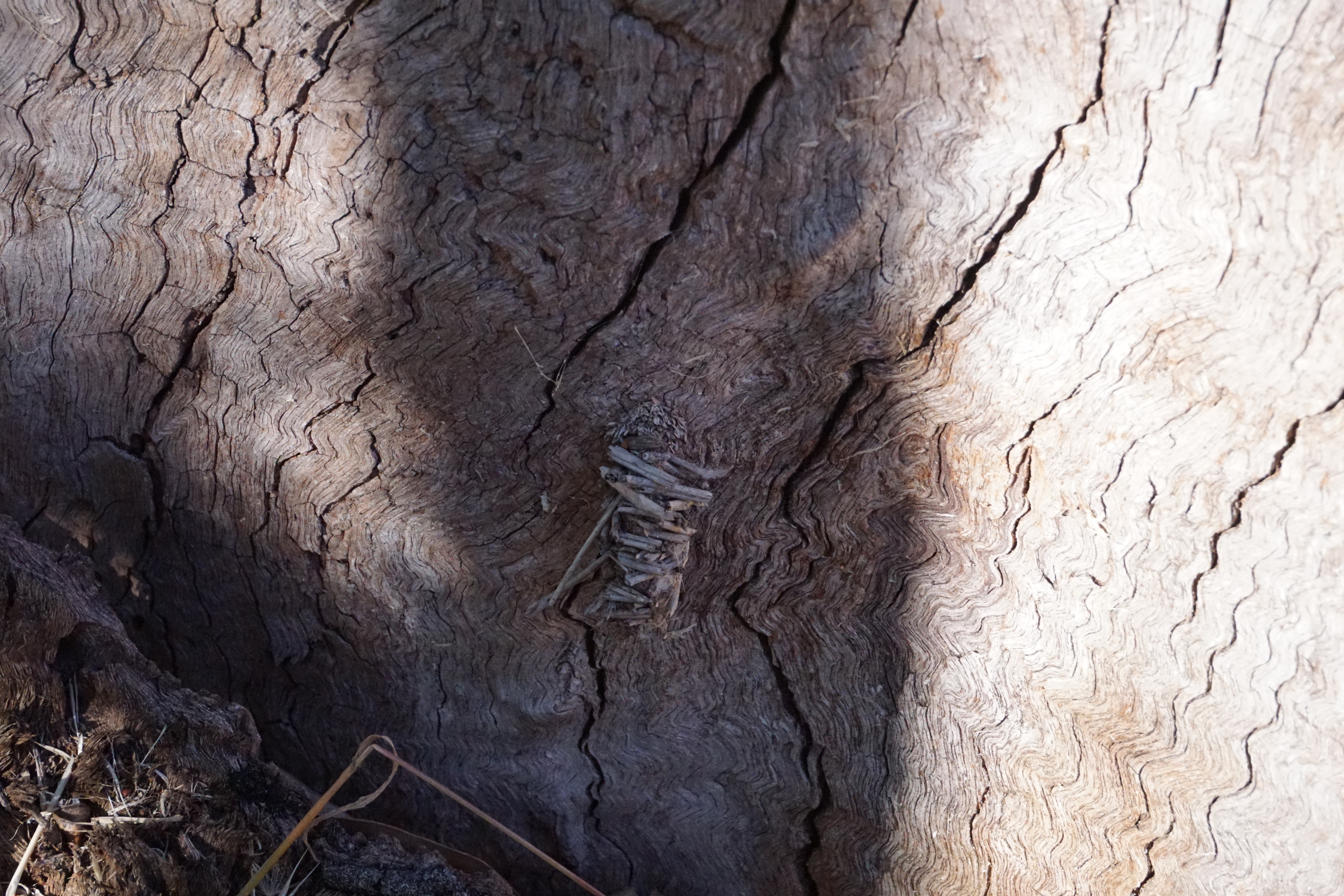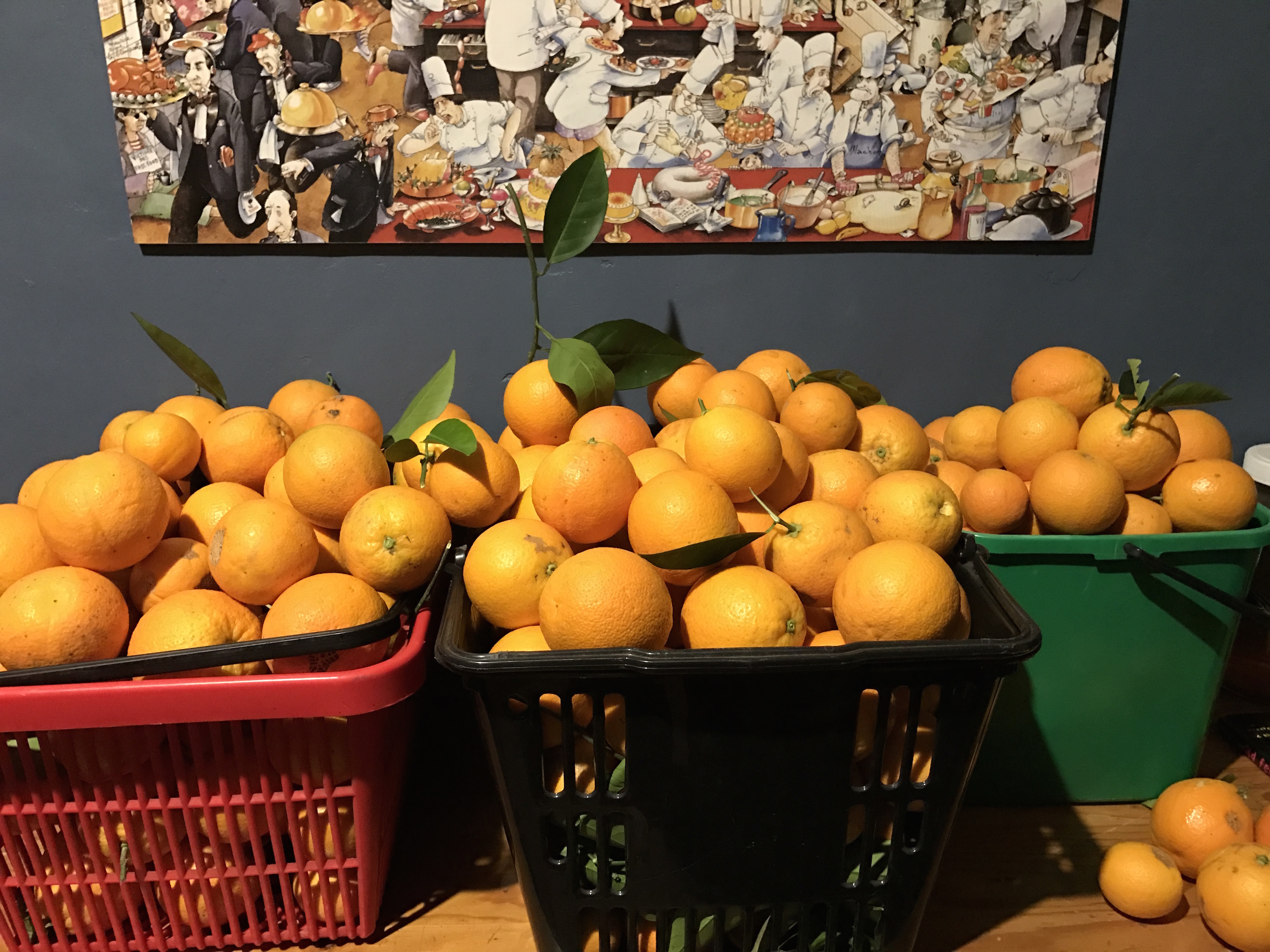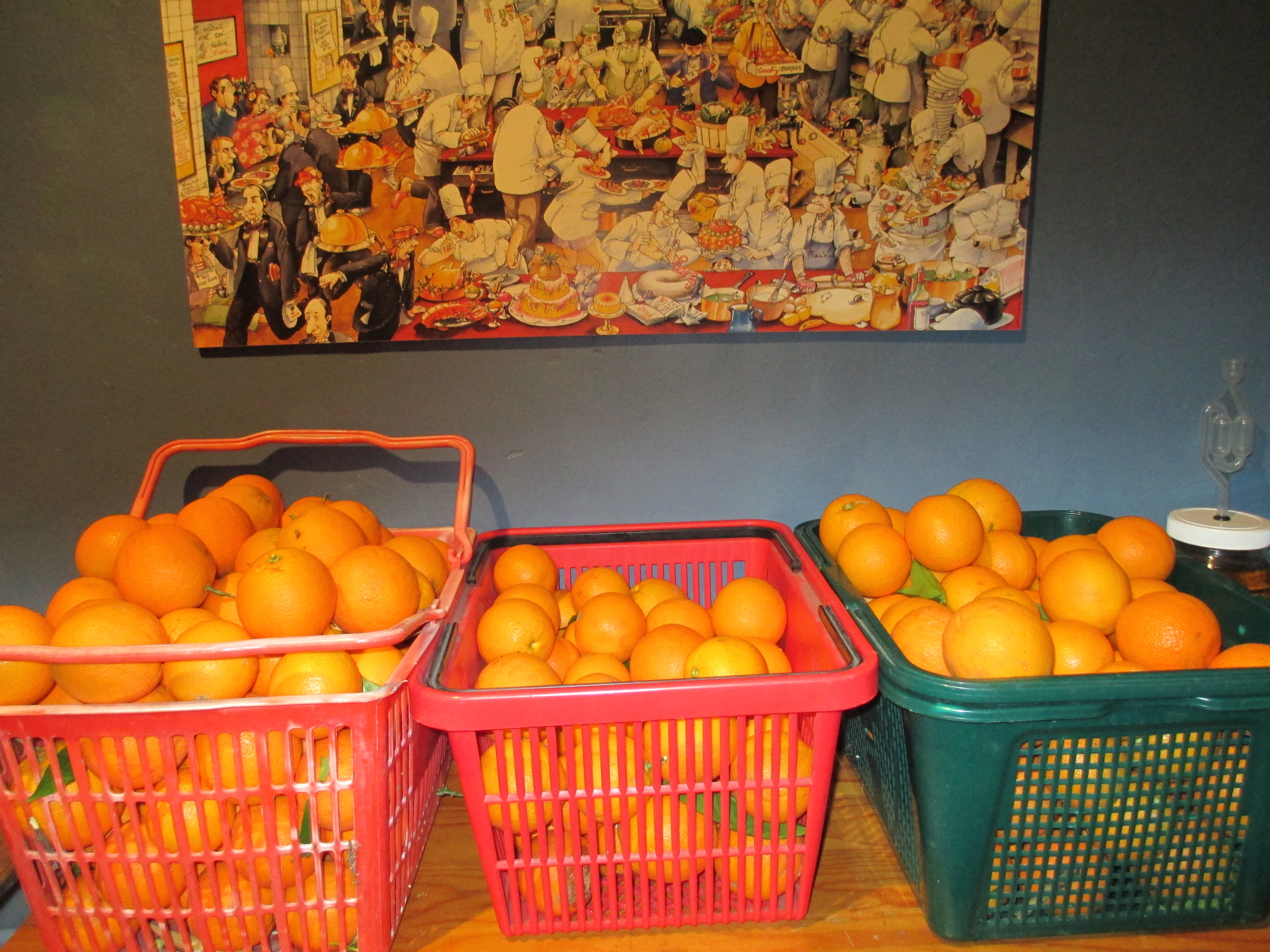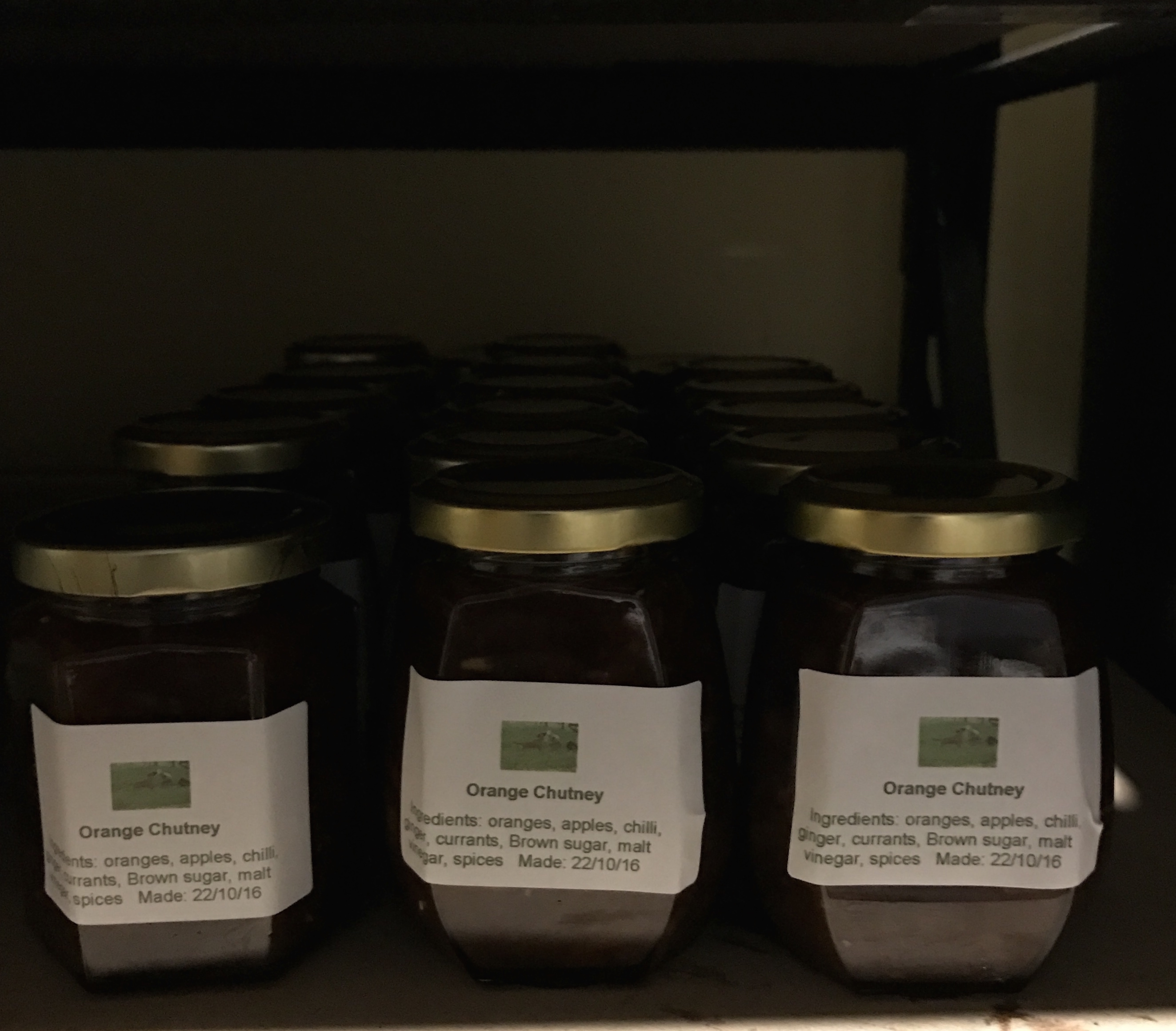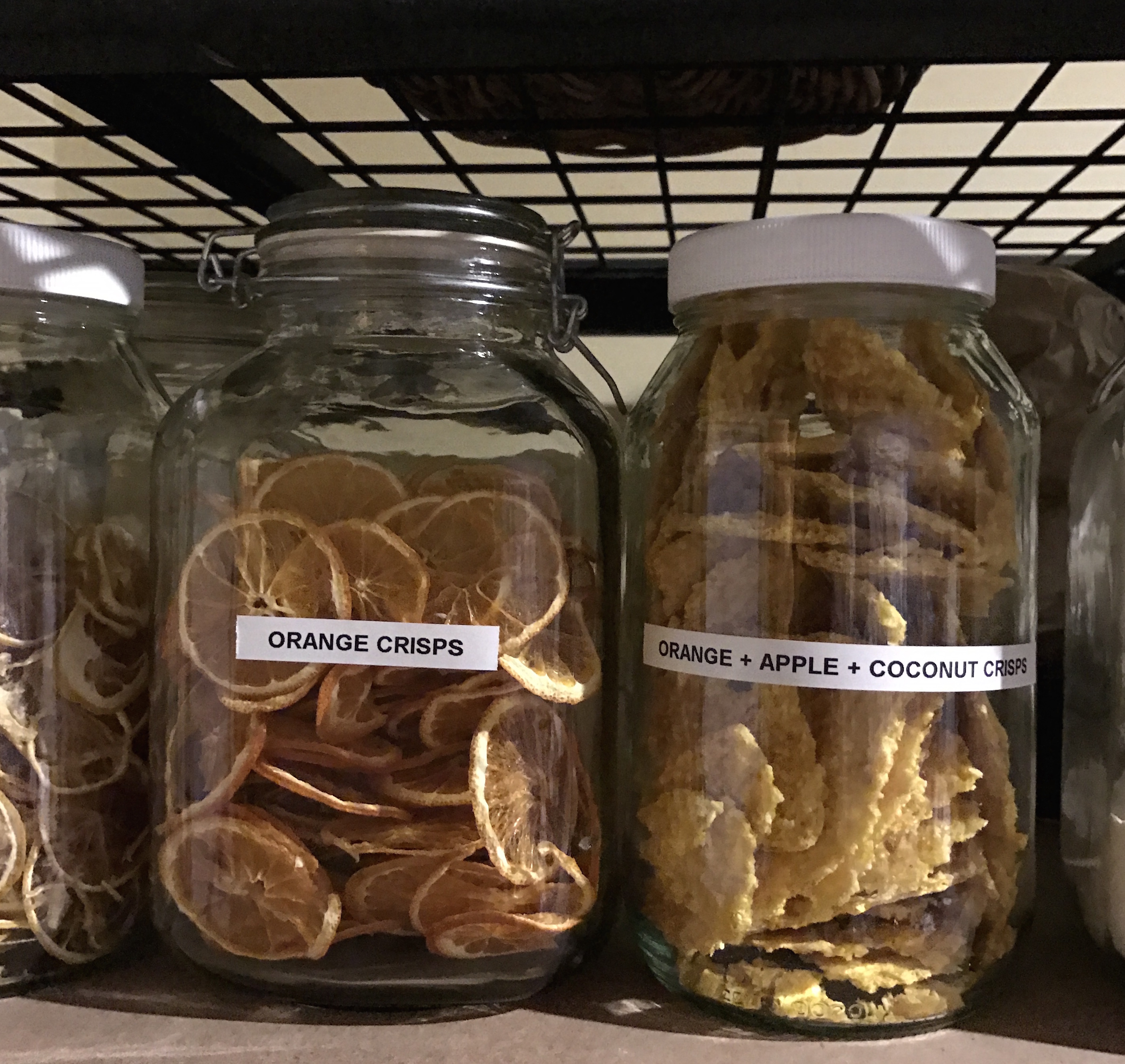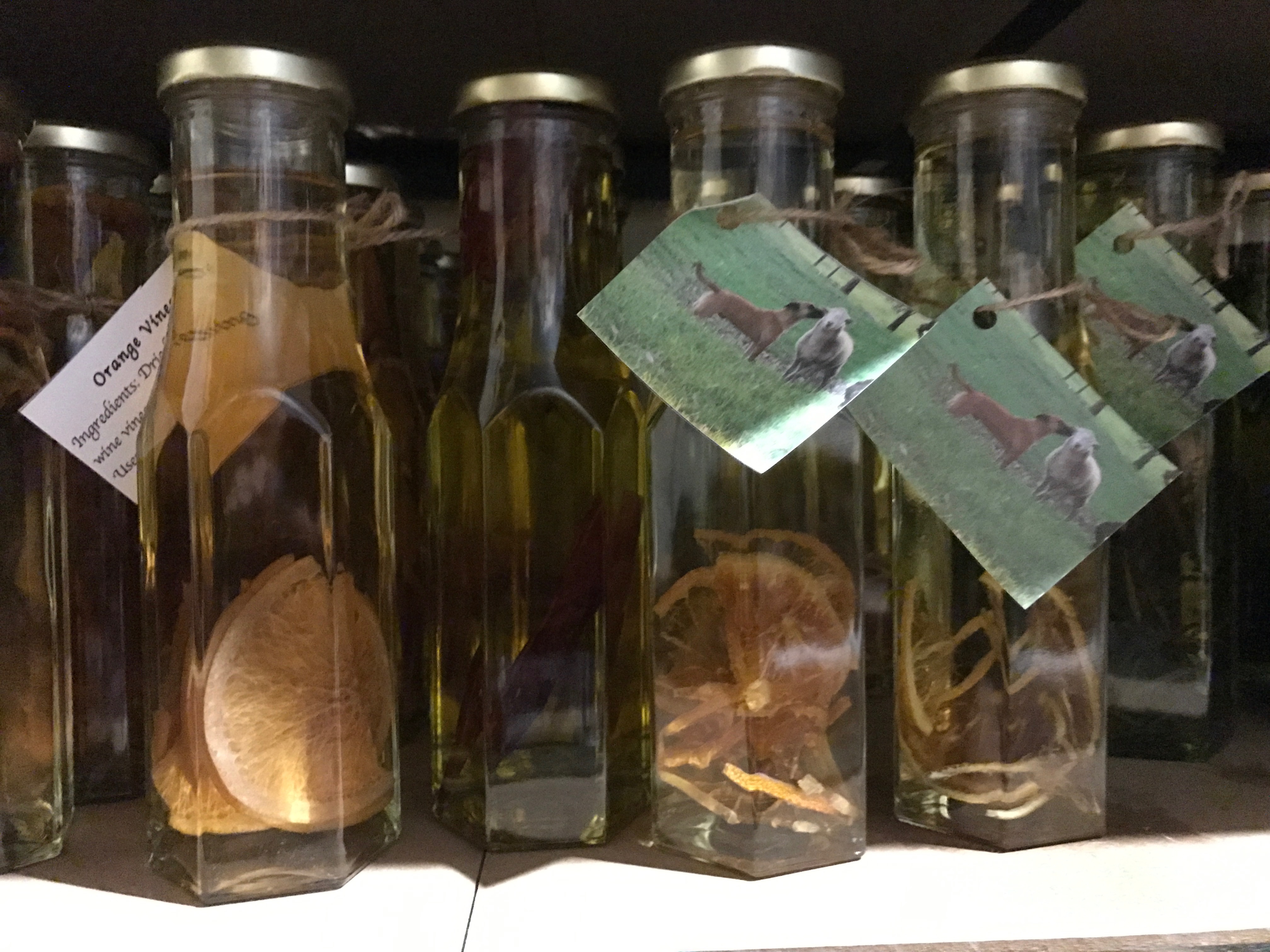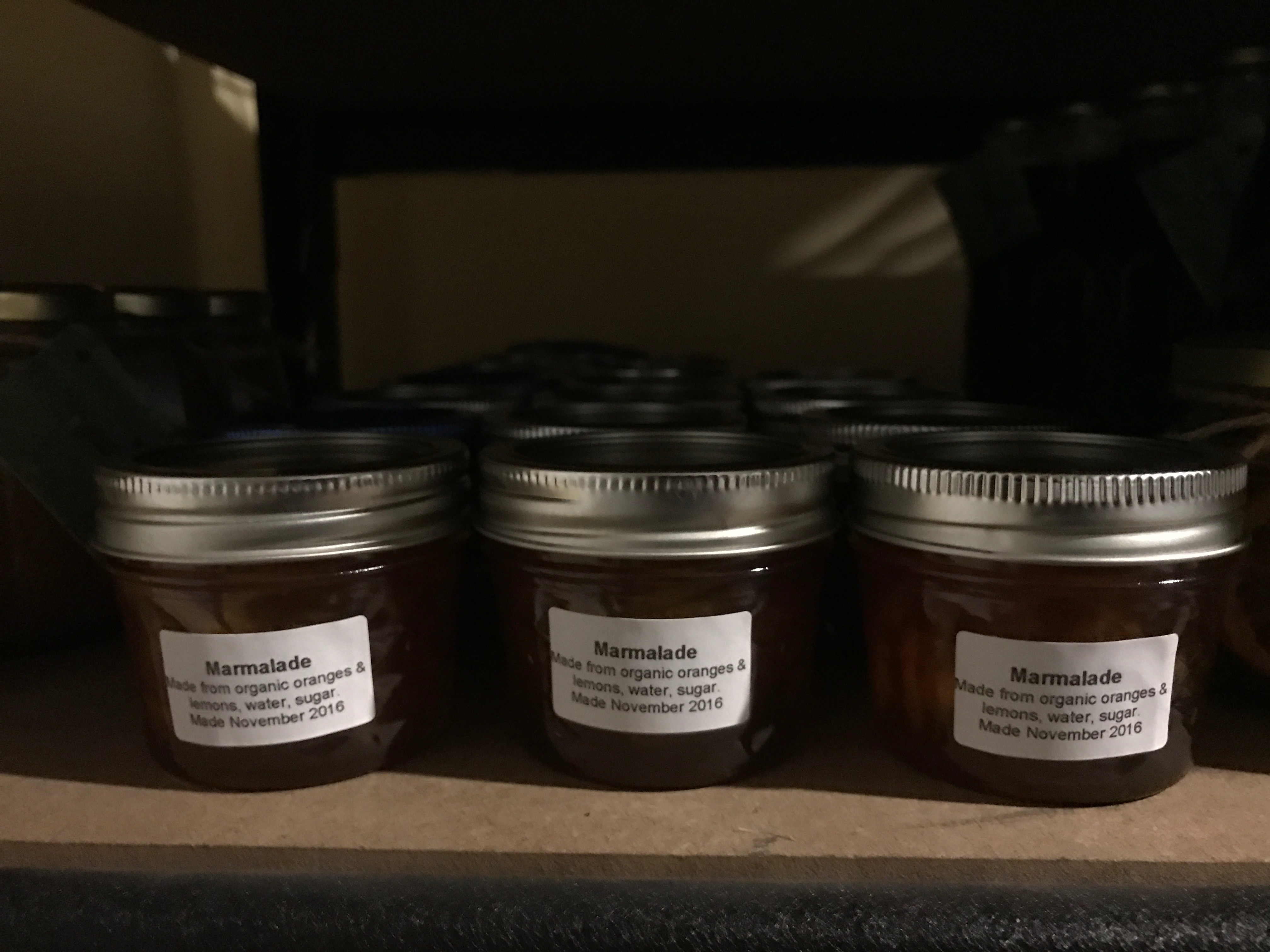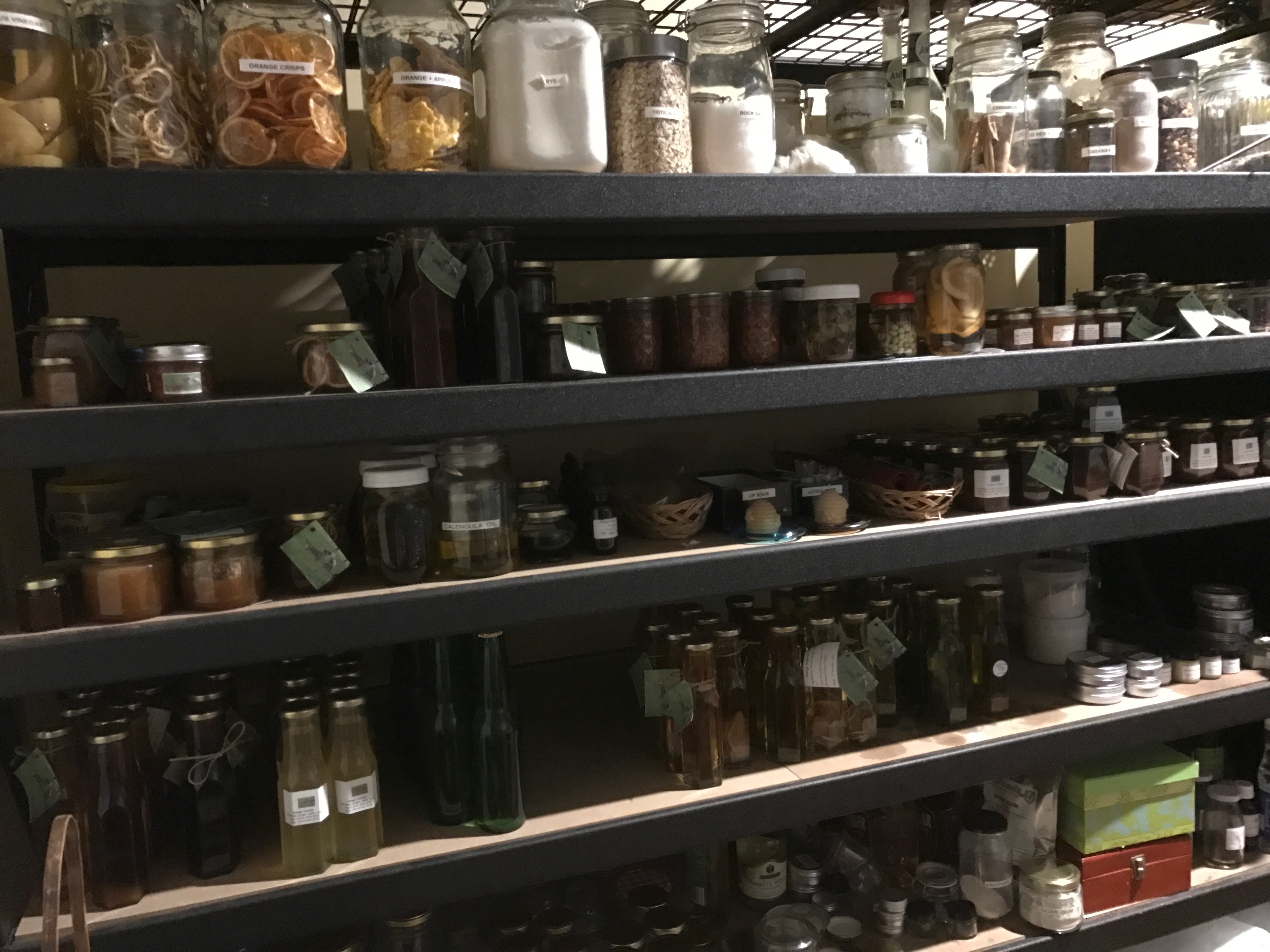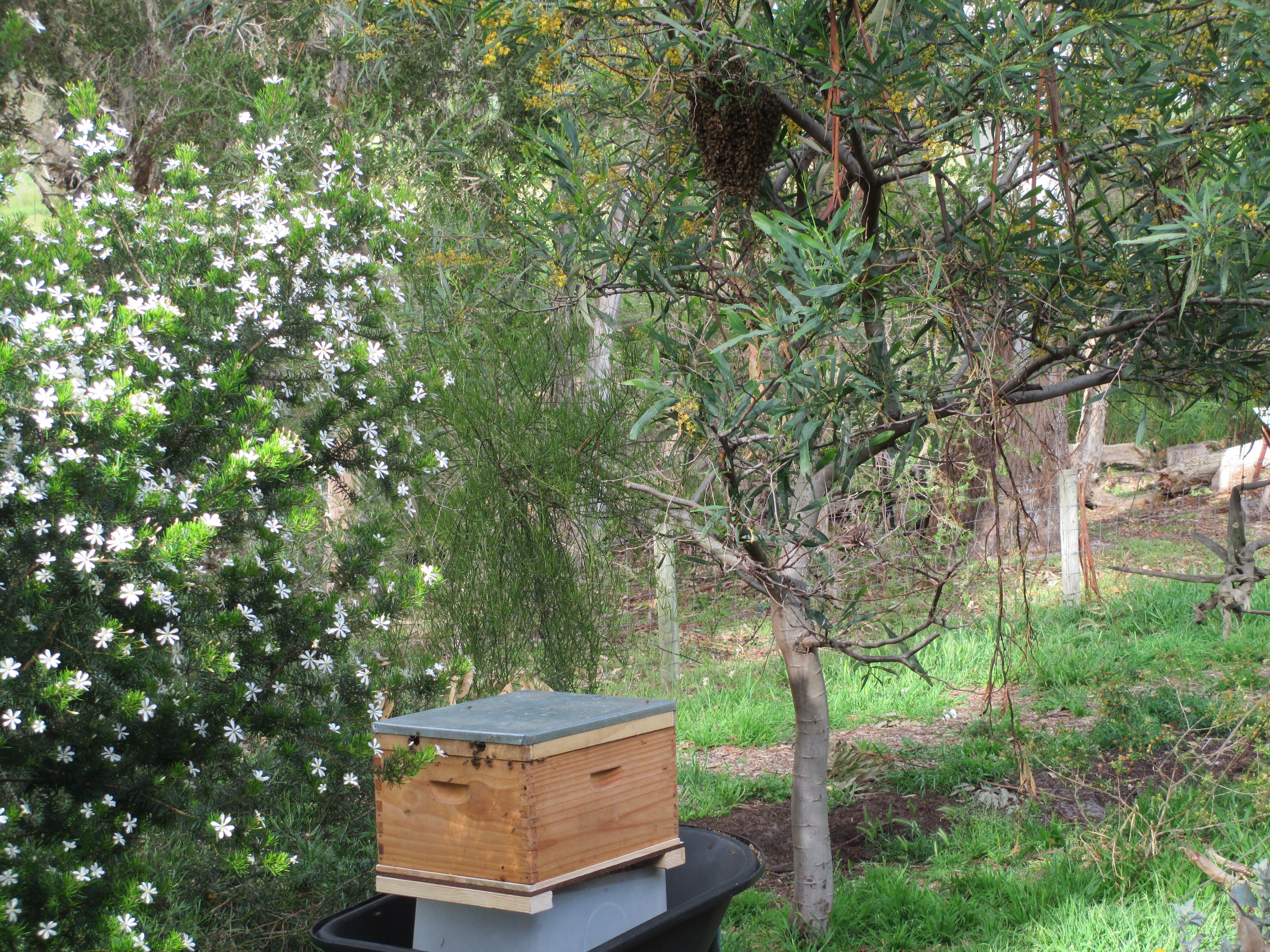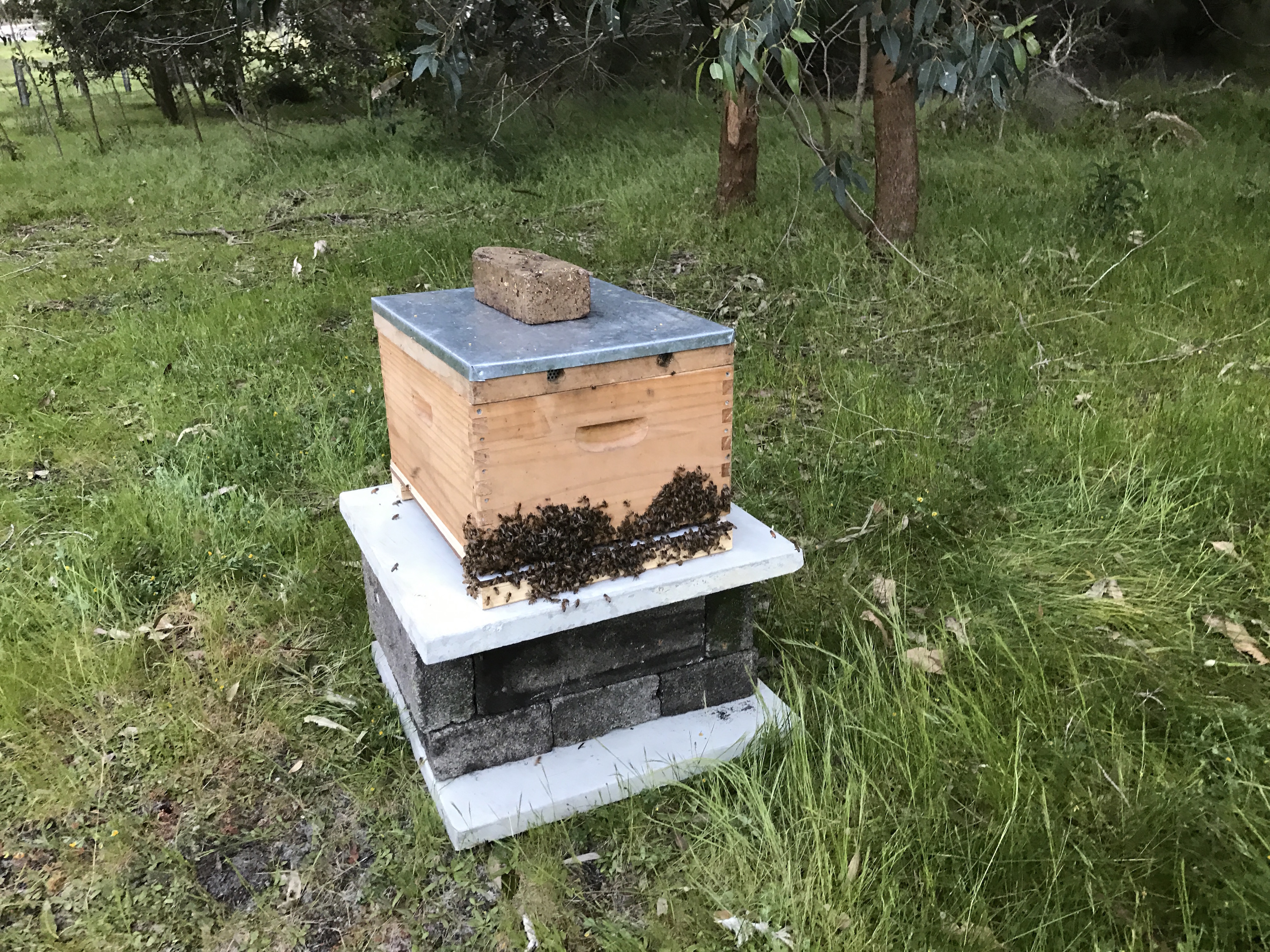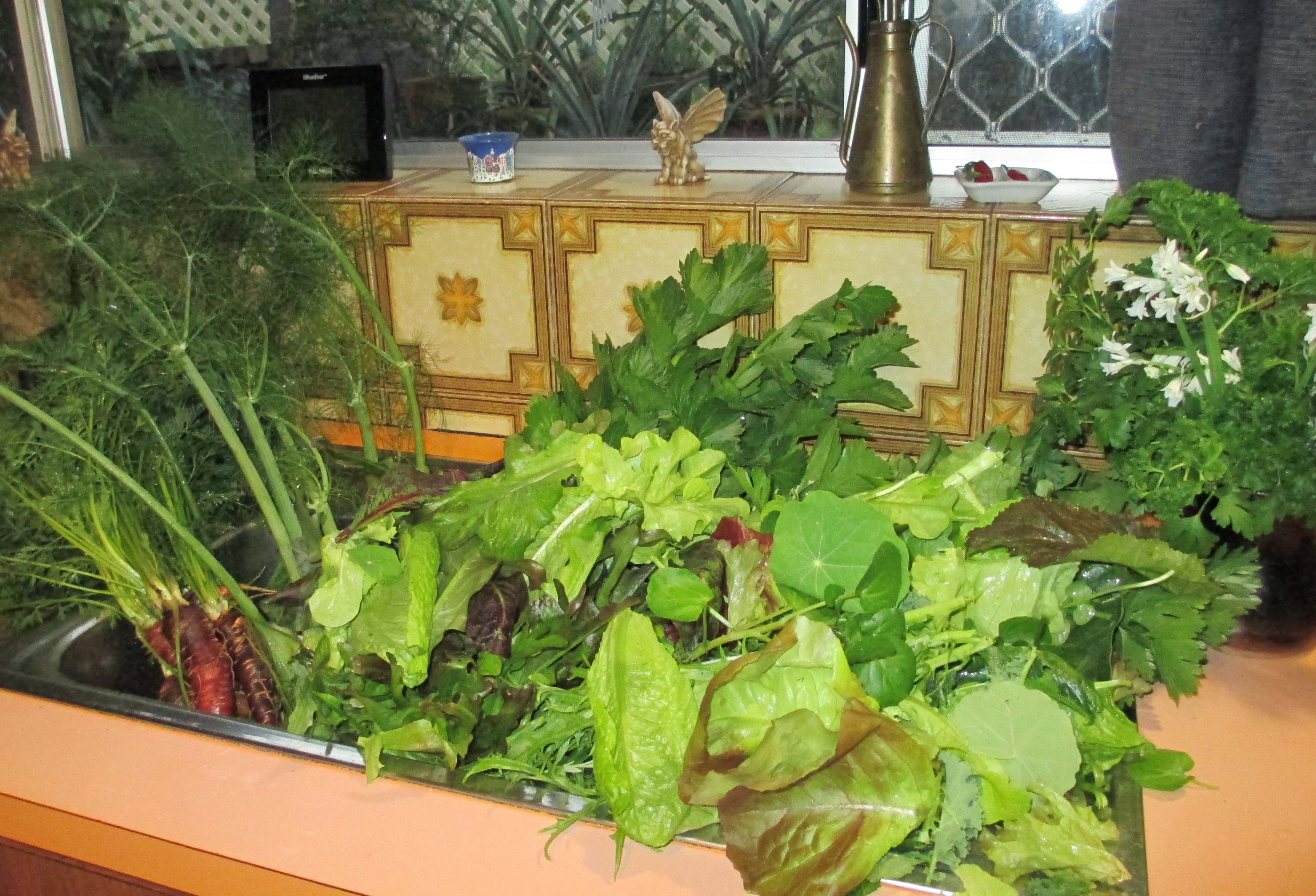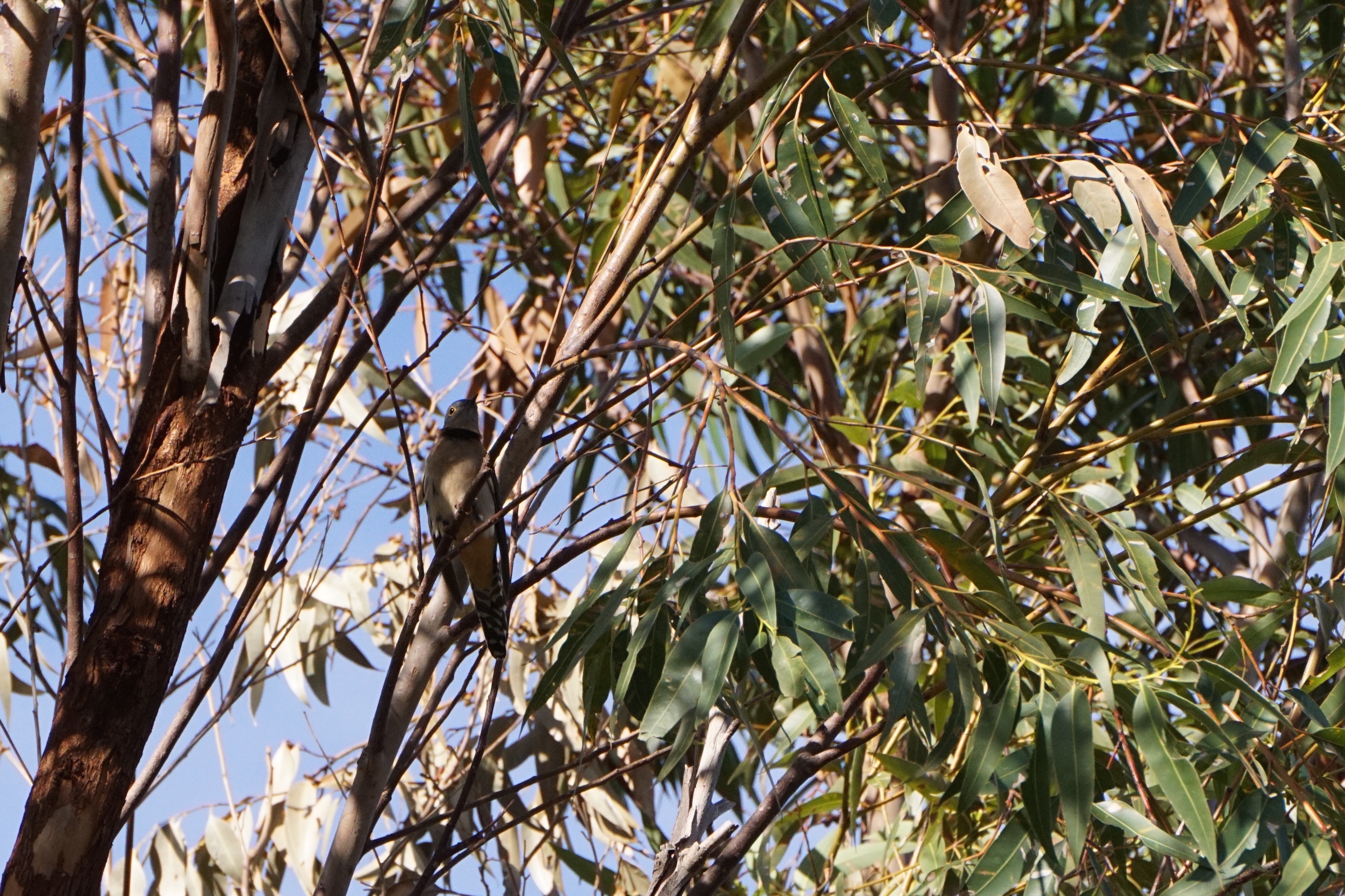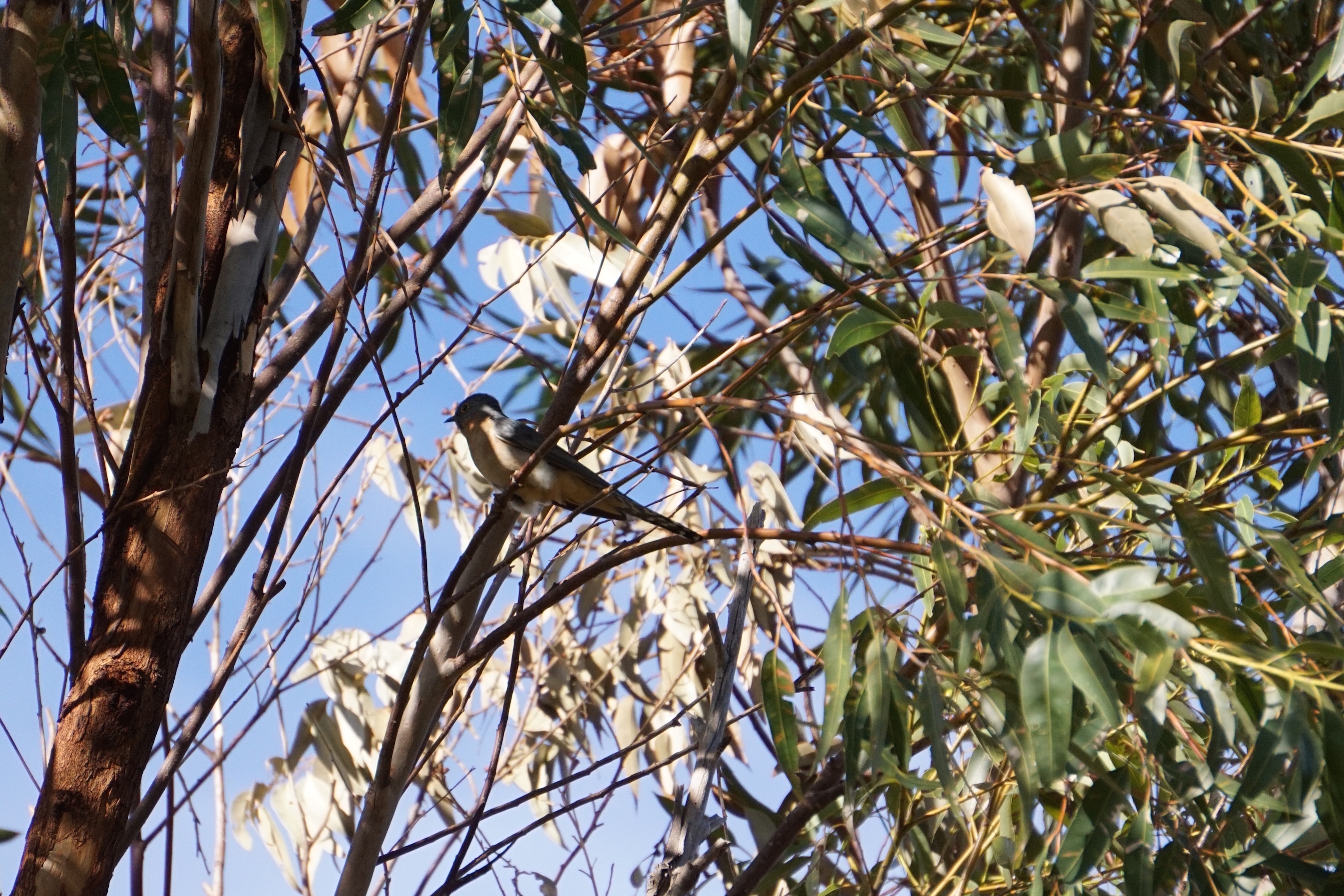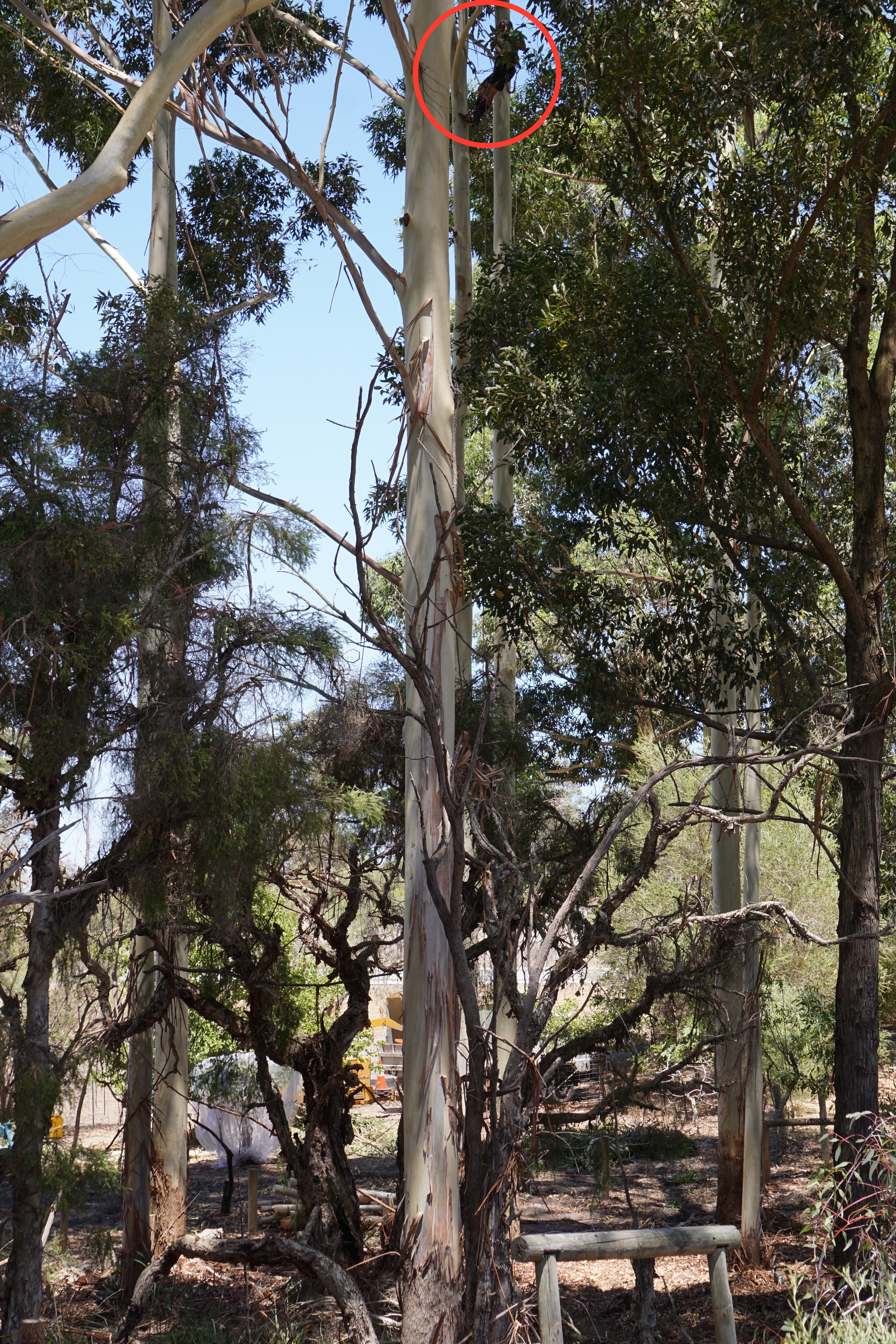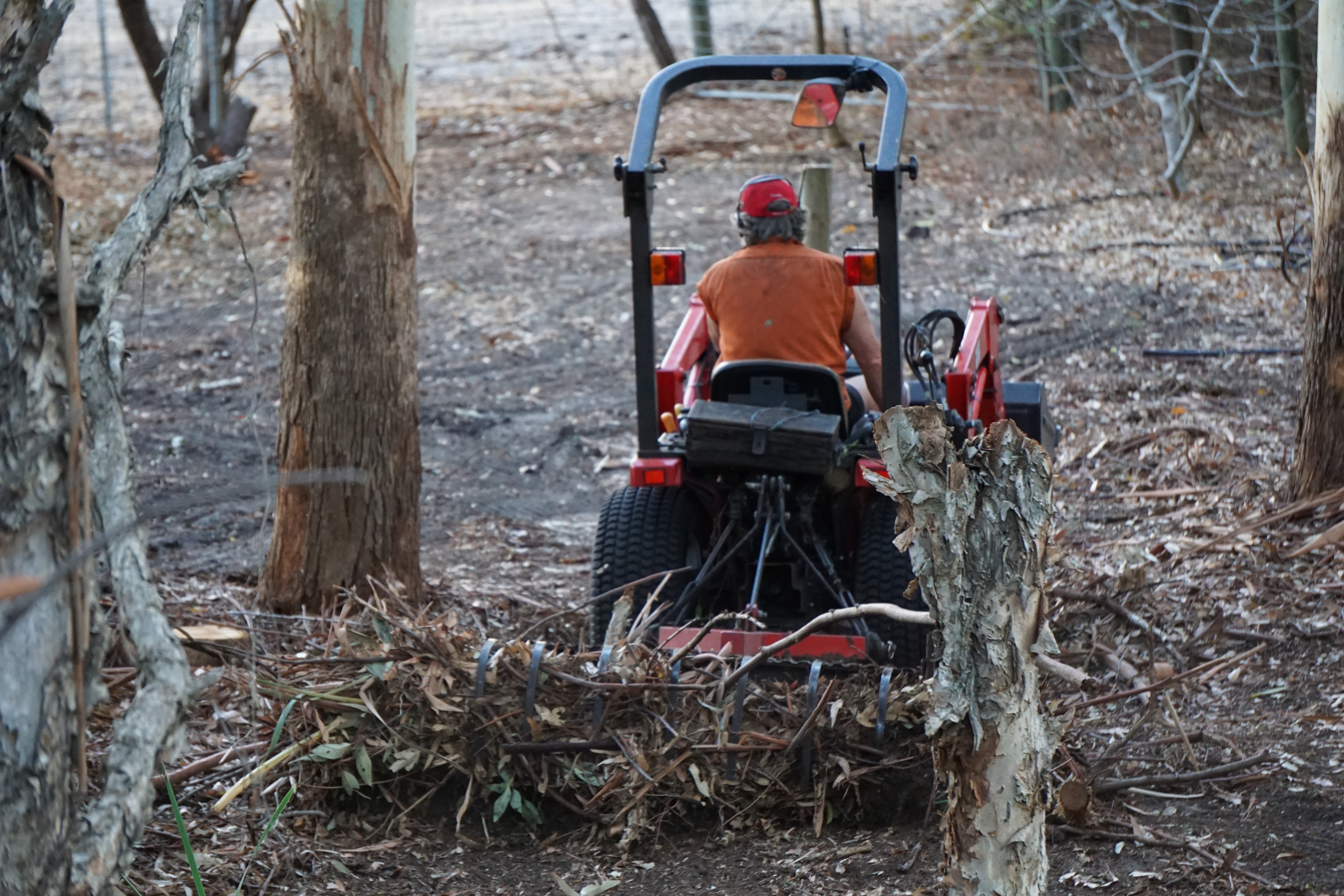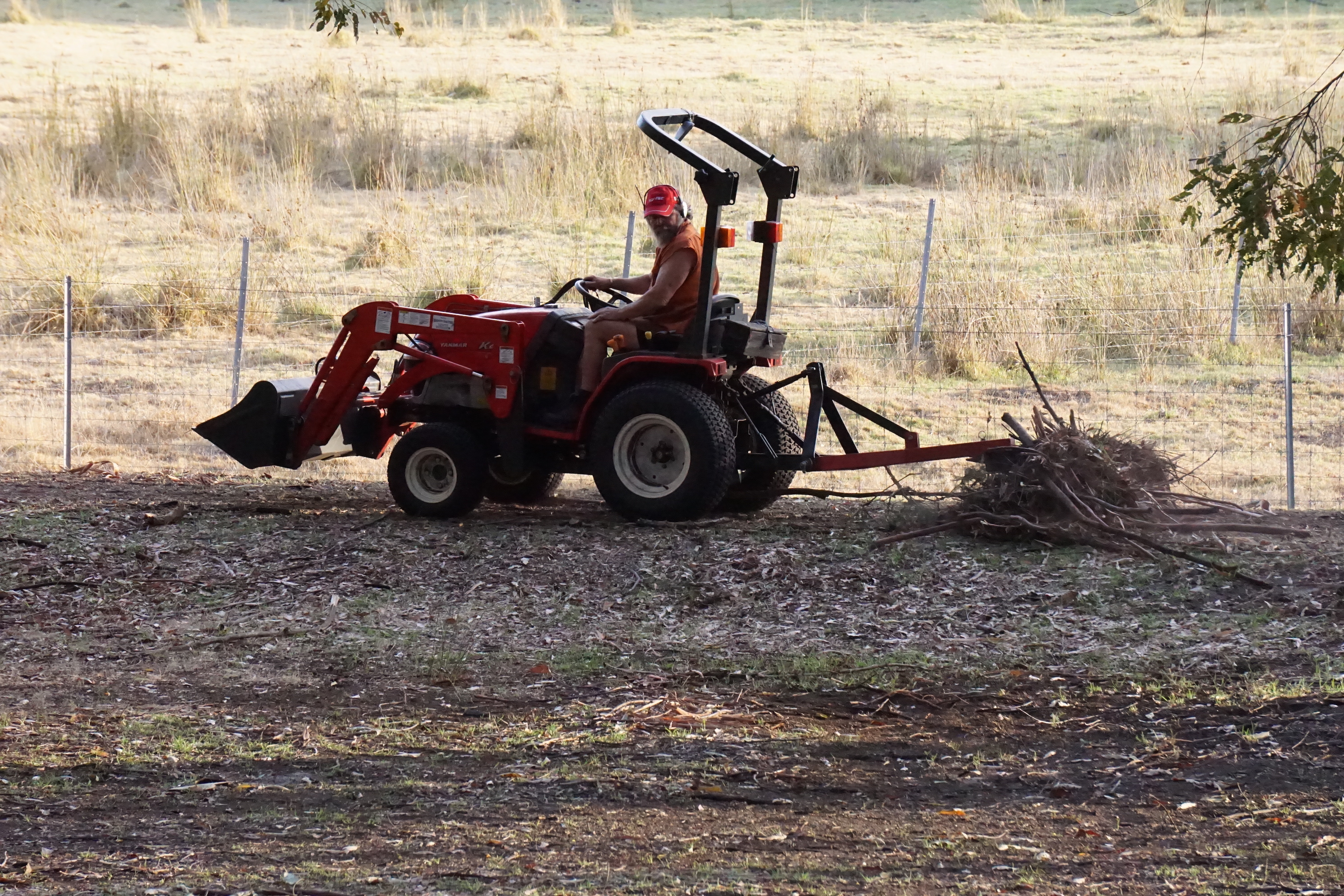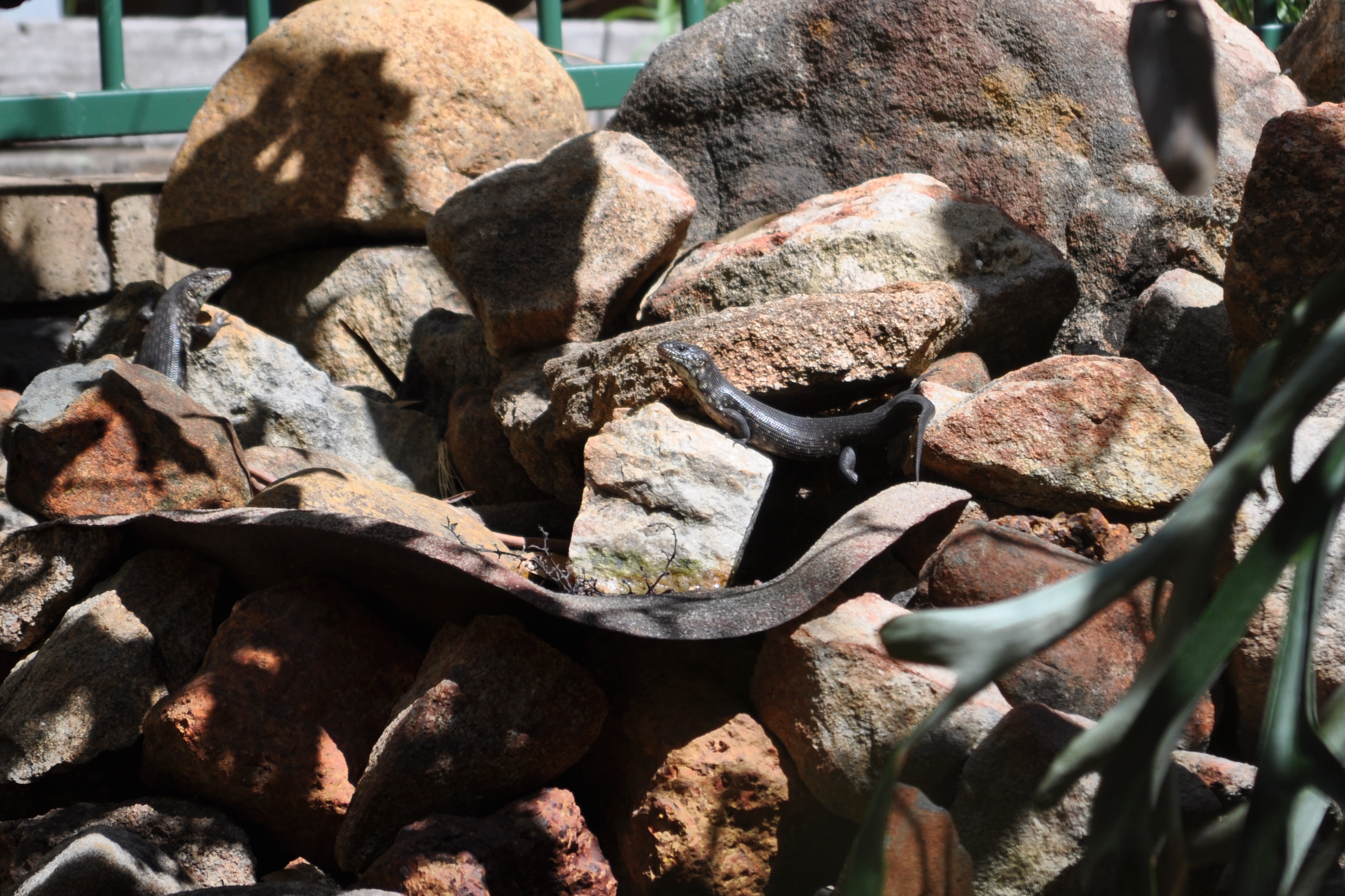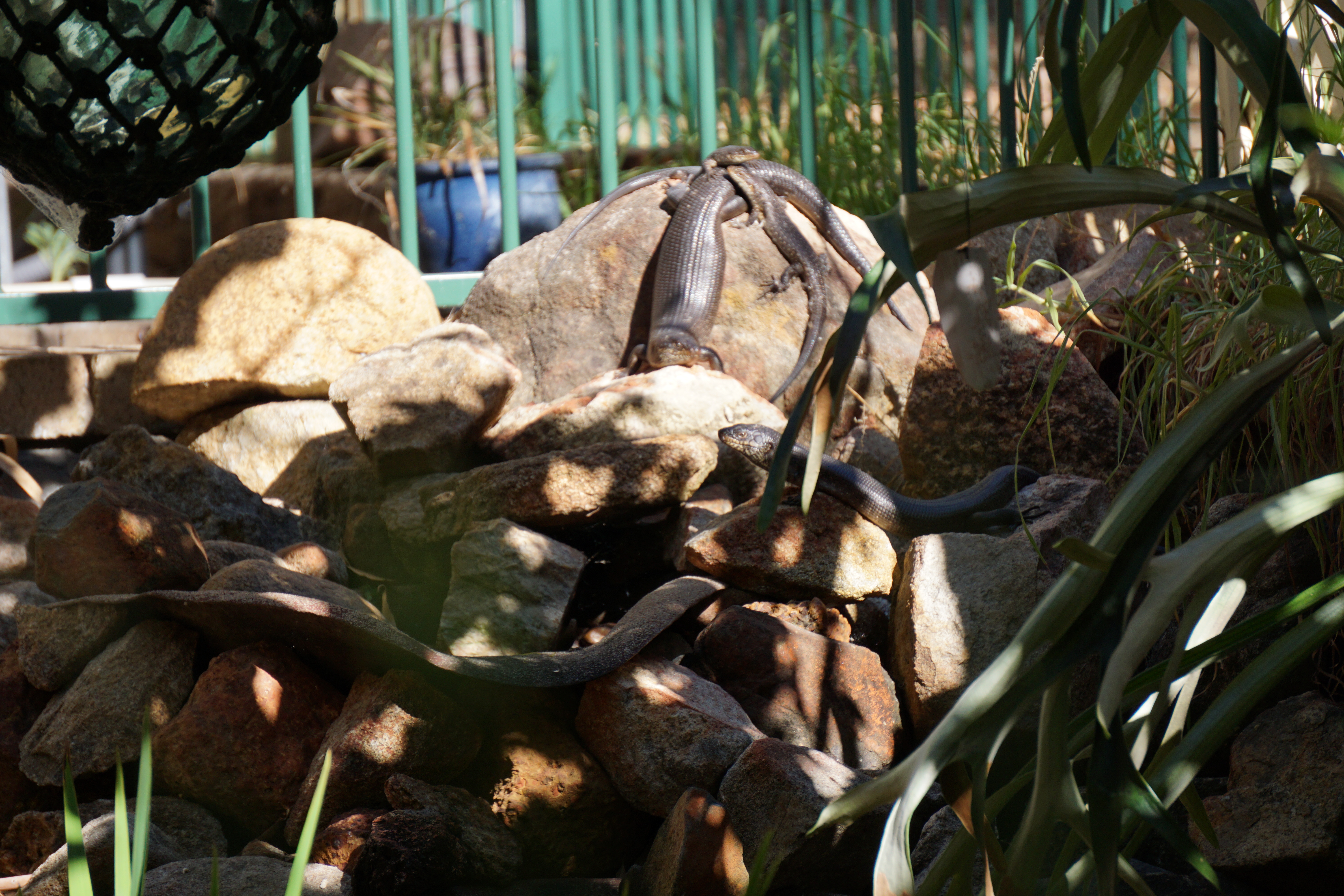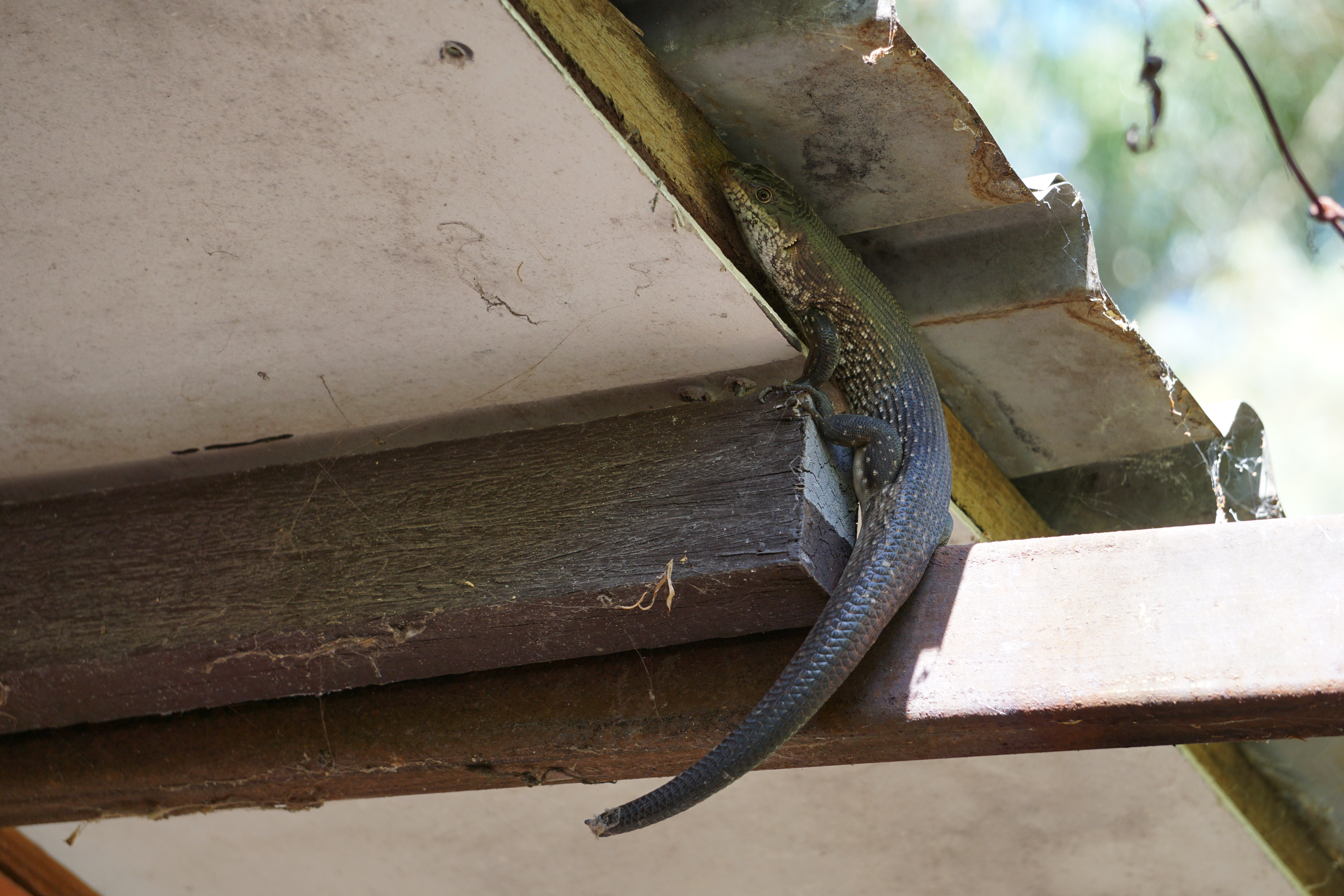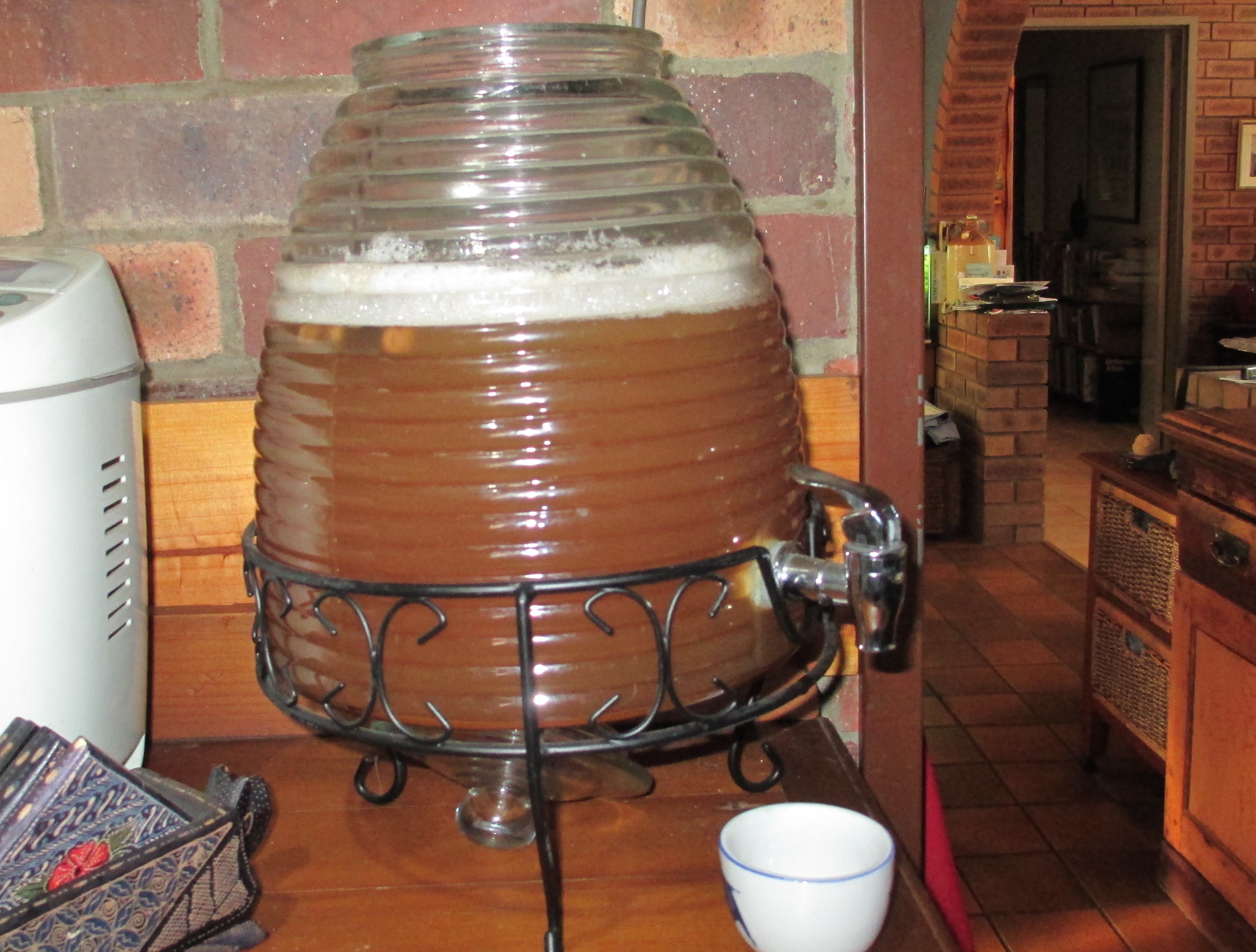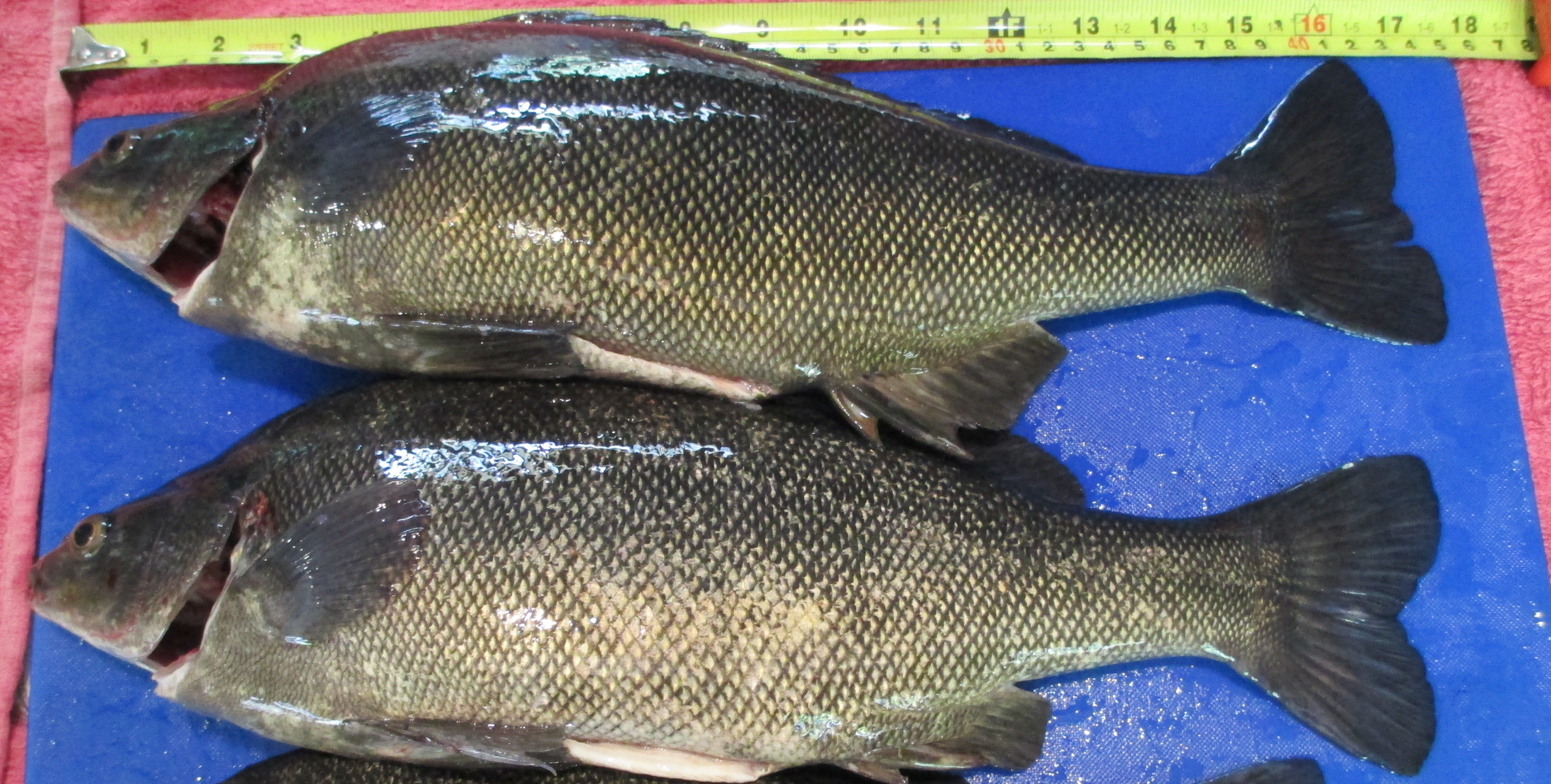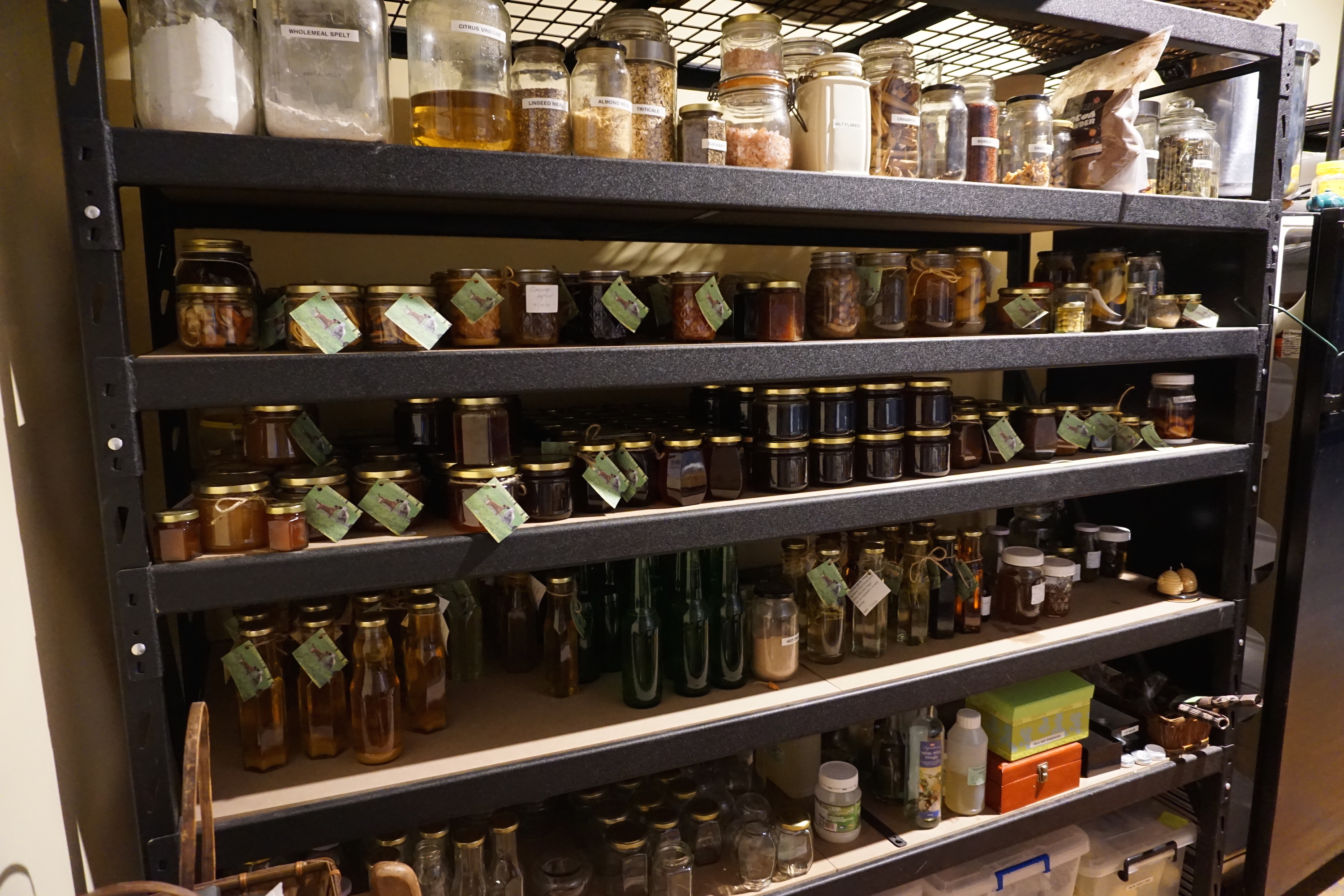It is so important not to just work, work, work- even though there is never ‘nothing to do’! Sometimes, it is great to just wander around the garden, camera in hand or not, and see what there is to see. This Painted Jezebel kept hanging around the mistletoe on one of our wattles. After watching it for a while, it settled in laid eggs! It was fascinating to watch, and a really good reminder to just enjoy the moment.
There are a few different native bees around too, especially now the weather is warming up. They like the old nail holes in wooden beams!
We have seen a few different types of case moth- this is the latest:
And of course there are always those we see with no camera at hand- like the Blue Banded Bee. One day we will get a nice photo of it!
